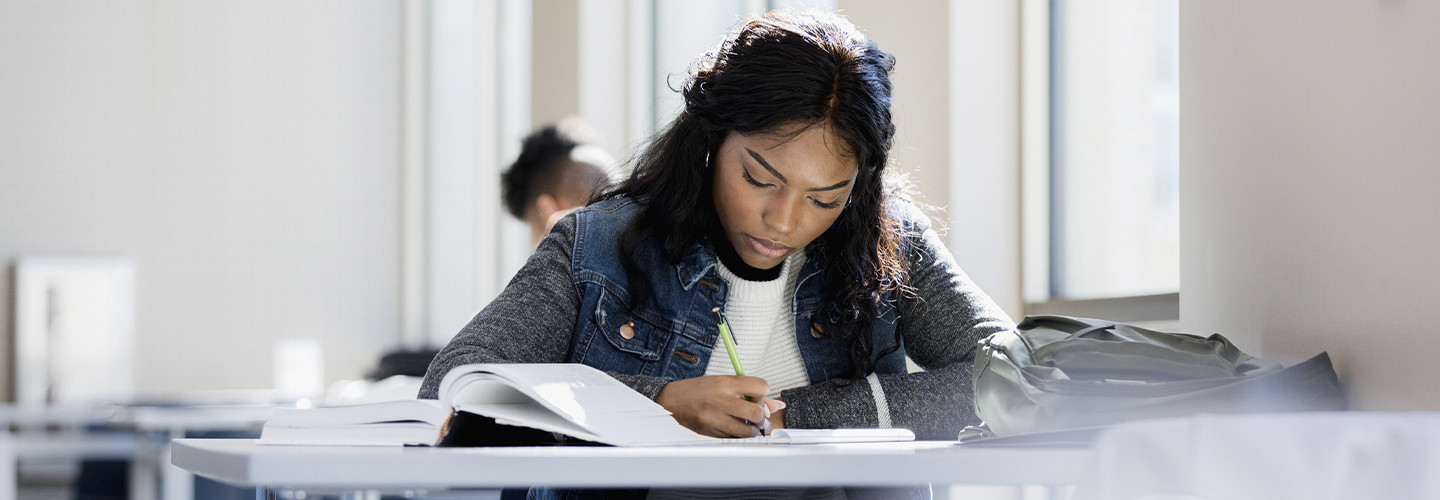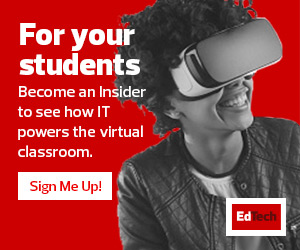What Are the Benefits of a Flipped Classroom?
There are several benefits to implementing a flipped classroom.
The Derek Bok Center for Teaching and Learning at Harvard University highlights several benefits to implementing a flipped classroom, including:
- students can learn at their own pace
- increased student responsibility for their own success
- more opportunities for higher-level learning through discussions with classmates or professors
Silk notes that a flipped classroom approach also helps faculty members and students make better use of assigned classroom time. This is because students are responsible for learning new concepts through independent preparation prior to class.
“This independent preparation takes place during the learner’s personal schedule, rather than taking up valuable group time as a scheduled lecture,” she says.
LEARN MORE: What is adaptive learning and how can you get started with it?
What Types of Strategies and Tech Do Faculty Members Need?
When it comes to making flipped classrooms a success, instructors need the right strategies and technologies. From a strategy perspective, Silk points to two key components: pre-work and interactive class sessions.
“In both cases, the designer should ensure multiple learning methods are provided to learners,” she says. “For pre-work assignments, the information can be transferred through files to read, videos to watch, podcasts to listen to or questionnaires to answer. The group activities should enable both introverts and extroverts to participate through polling, word clouds, collaborative whiteboards, chats and discussions. Optimally, the platform will provide the opportunity for smaller group activities through break-out rooms, as well.”
Key technologies include digital learning platforms that make it possible for instructors to facilitate student engagement in both physical and virtual settings and that have the network bandwidth required to deliver seamless instruction regardless of student location.
DIG DEEPER: Effective hybrid learning environments require thoughtful planning.
What Are Some Common Challenges for Flipped Classrooms?
Flipped classrooms also pose potential challenges. Flipped frameworks don’t work for every student. A recent study published by the International Conference of Humanities, Social and Education Sciences notes that surveys on flipped classroom effectiveness reported mixed results. Some students do better in flipped settings, while others see greater success in traditional classroom frameworks.
“One of the most basic challenges with the flipped classroom is ensuring and enforcing an intentional design, emphasizing to learners that they need to complete the pre-work before activities that presume that transfer of information has occurred,” says Silk. “You might insert a quiz with feedback before the scheduled activity, to ensure learners have comprehended the most important topics.”
She also says to keep the digital divide in mind.
“You need to make sure your learners have access to laptops and dependable internet at sufficient bandwidth to participate. Some corporate firewalls or technical policies on implementations of certain platforms may also interfere with the desired interactions,” she says. “This can happen particularly if a corporate client-based installation of software has more stringent rules than what the delivery requires, such as suppression of whiteboard pop-ups or blocking of file downloads. “Design for the least common denominator and have workarounds ready to go.”
EXPLORE: How higher education can keep up with evolving data environments.
Do Flipped Classrooms Make Sense for Hybrid Learning Environments?
Hybrid learning combines digital and in-person delivery to accommodate students wherever they are and however they learn. Flipped classrooms can help facilitate this framework by shifting focus from instruction to interaction, allowing both in-person and online students to participate.
Silk puts it simply: “Online learning is an optimal environment for the flipped classroom structure, as this design method prioritizes the synchronous learning time for engaging activities that emphasize collaboration, social interaction and inclusion.”










